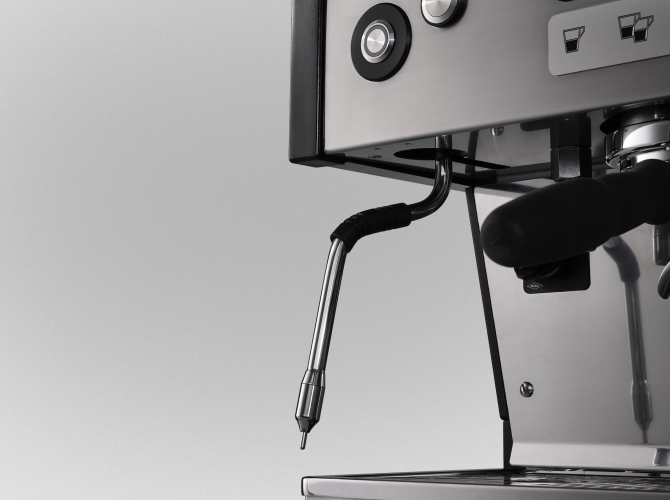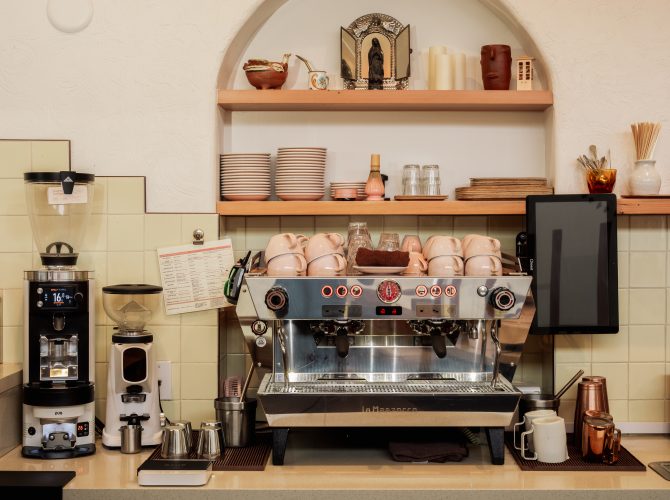With the proliferation of new or revitalized coffee (e.g. pourover, vac pots, Chemex, press pot, etc.) and espresso (soft preinfusion, pressure manipulation) brew methods, one can now enjoy a wide array of taste profiles on the same coffee prepared in different ways. In conjunction with innovations in green coffee supply chain, this is even more relevant. However, there appears to be a lack of standardized preparation methodologies and standardized assessments (both qualitative and quantitative) for these popular brewing methods. This has led to a wide degree of differences among common industry practices and resulting cup qualities. One of these variables is grind particle size.
For whatever reason, coffee grind particle size has not been “as” fiercely discussed in the spotlight as many other topics e.g. PID, much less a common conclusion. Yet, appropriate grind size can be the limiting factor to a quality beverage. There are no grind size standards or protocol for various brew methods set forth by leading industry groups (though there is a brief grind size specification on SCAA’s cupping protocol). Worst of all, the grind size markings on any grinder are inconsistent (grinders among same brand or even in the same model), non-standardized, and non-transferable. Further, the markings become even less relevant as the burrs wear down over its lifespan.
There are Rotaps and other sieve shakers available for the purpose of grind particle size and distribution analysis. Unfortunately, they are inherently expensive, bulky/heavy, and prohibitive in wider adoption (they’re meant for labs).
Alas, there is the Coffee Grind Sizer. This mini Rotap first made its quiet debut a few years back but, for whatever reason, never made a splash. The beauty of this product are its relative cheap price tag and portability. Exporting refined brewing parameters from the roasting/cupping lab to retail environments can be done with exactness and ease.
To use, pop open the cap and fill it with coffee, then shake it like a rainstick (dancing to music might help). You will end up with coffee grinds separated by size in 5 compartments. Such particle size distribution by weight profile can be used to, for example, compare grinder consistency, burr wear, standardize brew parameters, etc.
More post(s) on usage and applications of the coffee grind sizer will come in the near future. In the meantime, if you have an extra $200, check out one of these and see what you can come up with.






